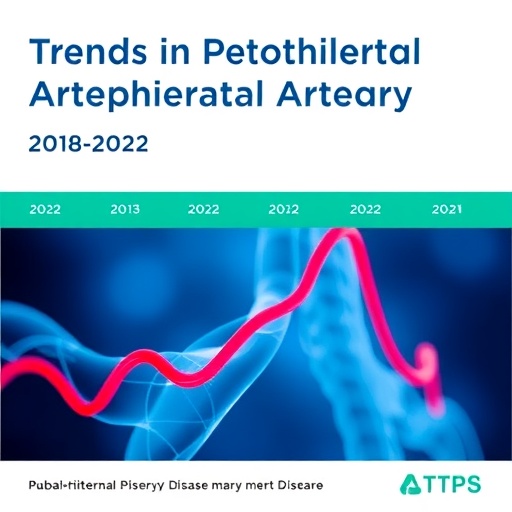
Credit: Pulido-Quetglas et al. CCBY
Genomics is the field of research studying how our «genome», or entire DNA sequence, specifies a human being, and how errors in this sequence give rise to diseases. Genomics was recently a «read-only» endeavour: researchers used powerful technology to read genomes' sequence and their regulatory layers. However, until recently, there was no way to edit or delete DNA for either basic research objectives, or for potential therapeutic interventions.
Just a few years ago, this outlook changed dramatically with the discovery of a revolutionary technique for editing genomes: «CRISPR-Cas9». CRISPR-Cas9 is a molecular tool composed of two simple components: a molecular barcode, called «sgRNA», which is designed by the researcher to recognise one precise location in the genome; and a protein, Cas9, that binds to a structured loop in the sgRNA. By introducing these two units, researchers may perform a wide range of operations on specific pieces of genomic DNA, from introducing small mutations, to regulating gene activity, to tagging it with small sequences. Until recently most studies employing CRISPR-Cas9 were aimed at silencing protein-coding genes, the best-studied part of our genome.
However, our genome consists of 99% of DNA that does not encode any protein. Often described as the «Dark Matter» of the genome, this «non-coding DNA» is recognised to be crucially important for understanding all aspects of human biology, including disease and evolution. Until recently, the experimental tools to study this have not been available.
Researchers studying non-coding DNA have been particularly excited about the discovery of CRISPR-Cas9 because it can be used as a powerful tool for studying non-coding DNA for the first time. Prof Rory Johnson, former Staff Scientist at the Computational Biology of RNA Processing laboratory of the Centre for Genomic Regulation (CRG) in Barcelona, Spain and now group leader at the National Center of Competence in Research (NCCR) RNA&Disease and Department of Clinical Research of the University of Bern, recently created a tool based on CRISPR-Cas9, called «DECKO», which can be used to delete any desired piece of non-coding DNA. The unique advantage of DECKO is that it uses two individual sgRNAs, acting like two molecular scissors that snip out a piece of DNA. Numerous researchers worldwide have adopted this approach, attracted by its simplicity and effectiveness.
While working on DECKO, Johnson and colleagues at the Guigo's laboratory realised that no software was available for designing the pairs of sgRNAs that are required, meaning that designing deletion experiments was time-consuming. To overcome this, the Masters student Carlos Pulido designed a software pipeline called CRISPETa. They were assisted by a team of laboratory researchers including co-first authors of this paper Estel Aparicio and Carme Arnan, who carried out experiments to validate the software's predictions.
CRISPETa is a powerful and flexible solution for designing CRISPR deletion experiments. The user tells CRISPETa what region they wish to delete, and the software returns a set of optimised pairs of sgRNAs that can directly be used by experimental researchers. One of the key features is that it can create designs at high scales, with future screening experiments in mind. Importantly, CRISPETa is designed for use by non-experts, and is available in a user friendly website, making CRISPR deletion available to the widest possible number of scientific and biomedical researchers.
In the CRISPETa study, the researchers also introduce a new version of DECKO, which is cheaper and faster than the previous one. The researchers showed that CRISPETa designs efficiently delete their desired targets in human cells. Most importantly, in those regions that give rise to RNA molecules, the researchers showed that the RNA molecules also carry the deletion.
CRISPETa will be useful for scientific researchers, from even the most modest experimental laboratory. These users may, for example, delete a suspected functional region of non-coding DNA, and test the outcome on cellular or molecular activity. This software will also be potentially valuable for groups aiming to utilise CRISPR deletion for therapeutic purposes, by for example, deleting a region of non-coding DNA that is suspected to cause a disease state. Therefore CRISPETa will be a valuable tool for the hundreds of research teams worldwide who are using CRISPR deletion.
«We hope that this new software tool will allow the greatest possible number of researchers to harness the power of CRISPR deletion in their research», says Carlos Pulido, the student who wrote the CRISPETa software.
«Ultimately, we expect that CRISPR deletion and other genome engineering tools to lead to a revolution in our ability to understand the genomic basis of disease, particularly in the 99% of DNA that does not encode proteins. Apart from being used as a basic research tool, CRISPR may even be used in the future as a powerful therapeutic to reverse disease-causing mutations», adds Rory Johnson.
###
This study was published in PLOS Computational Biology. It was mainly financially supported by the Spanish Ministry of Science, the Catalan Government, The European Reserarch Council at the European Comission under the FP7, the National Human Genome Research Institute of the National Institutes of Health, and partially funded by the SNF through the «RNA & Disease» NCCR, led by the University of Bern.
Media Contact
Laia Cendrós
[email protected]
34-933-160-237
@CRGenomica
http://www.crg.es
############
Story Source: Materials provided by Scienmag





